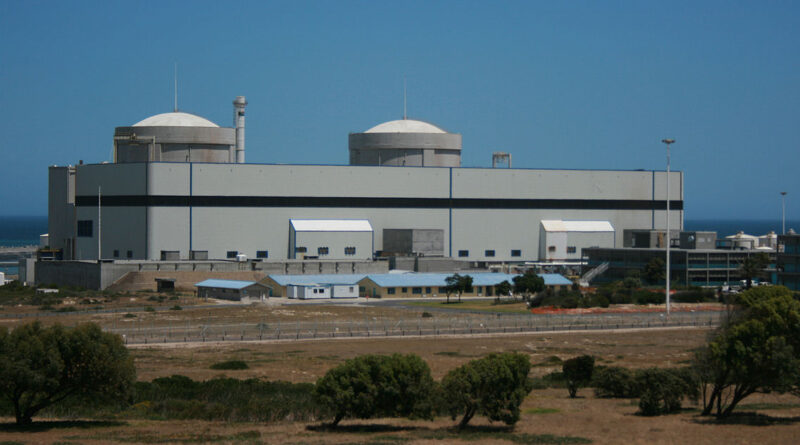Eskom manages five consecutive months without loadshedding
Eskom has achieved a significant milestone of over five consecutive months without loadshedding. There was no loadshedding during the 2024 winter period, compared to 153 days of loadshedding in the 2023 winter season. Below, we present the performance of Eskom’s power plants using the Energy Availability Factor (EAF). While August experienced a slight decline compared to July, the EAF remained robust, averaging 66.7%.2 Eskom has sustained an EAF above 60% for four consecutive months, demonstrating ongoing progress toward the IRP 2019 target of 75%.
The Q2 GDP figures, released on Tuesday, showed that the electricity, gas, and water sector expanded by 3.1% quarter-on-quarter. As expected, this significantly contributed to the economy’s production momentum. Moving to Q3, according to Stats SA, seasonally adjusted real electricity generation increased by 8.5% year-on-year in July 2024. Month-on-month, electricity production was 1.3% higher in July compared to June. Overall, electricity production in July continued to improve, now sitting just 4.7% below pre-COVID levels – an improvement from the 11% deficit reported in January.
The planned maintenance trend is also encouraging. While August saw an uptick in planned maintenance this was offset by reductions in unplanned losses. The trend in planned maintenance remains positive and Eskom’s structured approach to maintenance activities, which is essential for long-term plant health, is encouraging.
Eskom also aims to add approximately 2,500 MW of generation capacity by January 2025 through the implementation of its recovery plans. Koeberg Nuclear Power Station Unit 2 is
Unplanned maintenance Planned maintenance Unplanned Trend expected to return to service from a long-term outage in December 2024, bringing 930 MW to the grid. Kusile Unit 6 will be synchronised for the first time into the grid in December 2024, adding 800 MW of capacity. The return of Medupi Unit 4 from an extended outage will add another 800 MW before the financial year-end.
Since April, the graph shows that Eskom has been able to meet total demand with its available capacity, explaining the absence of loadshedding. Notably, average demand from the economy increased steadily from April 2024, peaking at 24,488 MW in June. However, compared to 2019, overall demand for Eskom-supplied electricity has decreased, with average demand at 25,223 MW in 2019, versus 23,504 MW in August 2024. It is important to note that this analysis only covers demand for Eskom’s dispatchable generation capacity and excludes demand met by self-dispatched sources, such as rooftop solar.
In summary, Eskom has achieved a significant milestone by maintaining over five consecutive months without loadshedding, a major improvement compared to the previous winter season.
July saw an encouraging rise in electricity production, with generation levels increasing 8.5% year-on-year, which if maintained, will further boost the sector’s contribution to economic growth in quarter 3 of this year. Additionally, Eskom has consistently sustained an Energy EAF above 60% for four months, demonstrating steady progress. Despite these gains, continued work is needed to maintain improvements, as historical data suggests the second half of the year is the most challenging for sustaining the EAF. That said, Eskom’s recently released summer outlook projects a continued absence of loadshedding from September 2024 through March 2025, which is highly encouraging.




